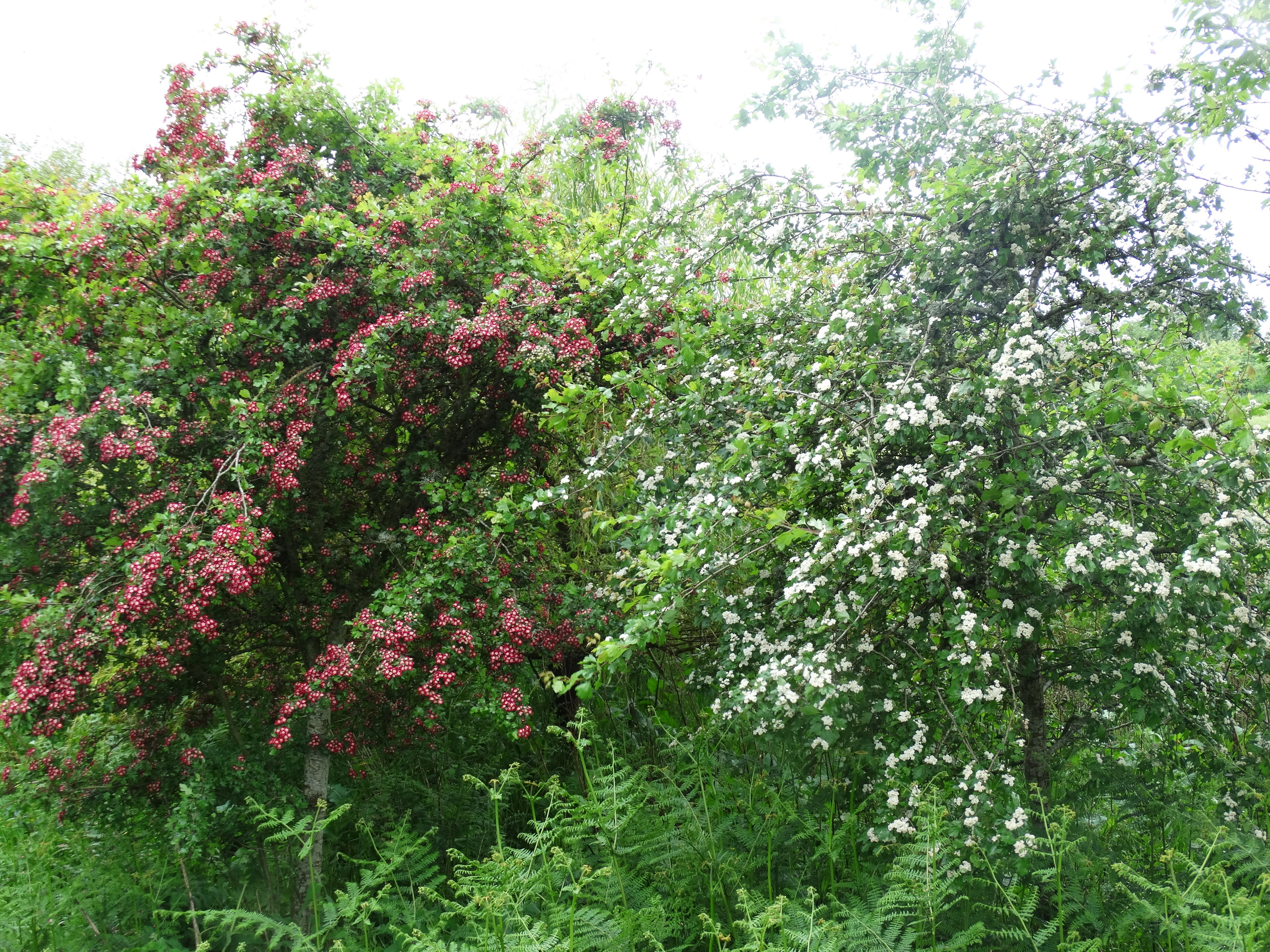We’re always learning. A reader called with a strange story and hoped I could provide an explanation for what had happened.
They have a nest box in their garden, with a camera inside, and had watched a blue tit lay at least four eggs. The hen left the nest probably to feed and, in her absence, another – they presume it was a different blue tit – entered the box, knocked a hole in each egg and carried them off.
The original blue tit – and the evidence points to it being the original hen – returned to the now empty nest and laid one further egg which it started to incubate.
The reader’s question was – was this a case of attempted nest-napping, if that’s the right description, by a male blue tit that couldn’t be bothered to build its own nest? I had to admit I was as flummoxed by the story as she was.
I was none the wiser after looking up my bird books. If there’s something about it on Google, it wasn’t where I looked. As a member of the British Trust for Ornithology I called on their expertise, as I should have done at the outset.
I spoke to Carl Barimore, who administers the Trust’s Nest Records Scheme. Carl confirmed that nest-napping is unusual, but not unknown. The introduction of nest cameras has produced a lot of information that was speculation previously.
Avian know-how
Blue tits lay an egg a day, covering each one so that incubation starts only when the clutch is complete and consequently all the eggs will hatch at the same time. A rogue cock blue tit wanting to commandeer the nest would dispose of the previous tenant’s eggs to assert its right of occupancy.
We have to make another assumption that the nestbox’s original tenants saw what was happening and chased off the nest-napper. The hen had one last egg inside her which she laid and which hatched a fortnight ago.
With no other competition for food I hear that the chick is growing like a fighting cock. It’ll fledge within the next day or two – they fly after about 19 days – never knowing how much it has contributed to my own, as well as many other readers’, knowledge.
Last week I wrote about our holiday as pop-up booksellers in Wigtown. We were recommended to visit the Arboretum at Galloway House, near Garlieston, about ten miles below Wigtown.
As a historical aside, during WWII the small port of Garlieston was the test bed for the secret Mulberry Harbour project which was critical to the success of the Allied invasion of Normandy on 6th June 1944 – D-Day. The profile of the sea bed and the tide patterns at Garlieston were – still are! – similar to those of the intended landing points in Normandy and that, coupled with the area’s remote location, made it the ideal site for the secret development.
Arboreal vision
I wish we had found the Arboretum earlier and been able to explore more of it. There is a wonderful collection of azaleas and rhododendrons in striking pinks, reds and oranges not normally found mixed together. We can recommend a visit to readers who are holidaying in Galloway.
The Arboretum dates from 1740 and is a prime example of the influence of the progressive eighteenth century agricultural improvers who brought about the Scottish agricultural revolution and changes in the rural social system.
They had the vision to plant out arboretums with species of exotics and specimen trees from all over the world knowing they could never see the eventual glory of their foresight, but content to know that others would. Highlight of the walk was the handkerchief tree which I had heard of, but never seen.
The blossoms really do look like hankies hanging by a corner from the branches. Quite reminded me of the clootie trees which were once a feature of the Scottish countryside.
Clootie trees were usually found beside wells whose waters were associated with healing and became places of pilgrimage for the sick. Some were fertility sites visited by brides the night before they married.
As Christianity spread through Scotland many of these previously pagan shrines were dedicated to early Scottish saints so that supplicants could still make their petitions at the ancient places of worship without offending the new order.
Pilgrims seeking a cure tied a strip of clothing, or cloot, which had been in contact with the afflicted part of the body, to a branch of the tree. They believed that the ailment was absorbed into the cloot and that as it decomposed in the elements, so their sickness would be washed away too.
It’s a good year for hawthorn blossom. The roadside verges and the woodland margins are awash with the ivory-white flowers. An old and spreading hawthorn tree in our back garden has produced cascades of frothy lace – the best ever.
The blossom is not always white – a pink variety is occasionally seen. Out walking with Inka I came across the pink and white varieties conveniently growing side by side just waiting to be photographed.










